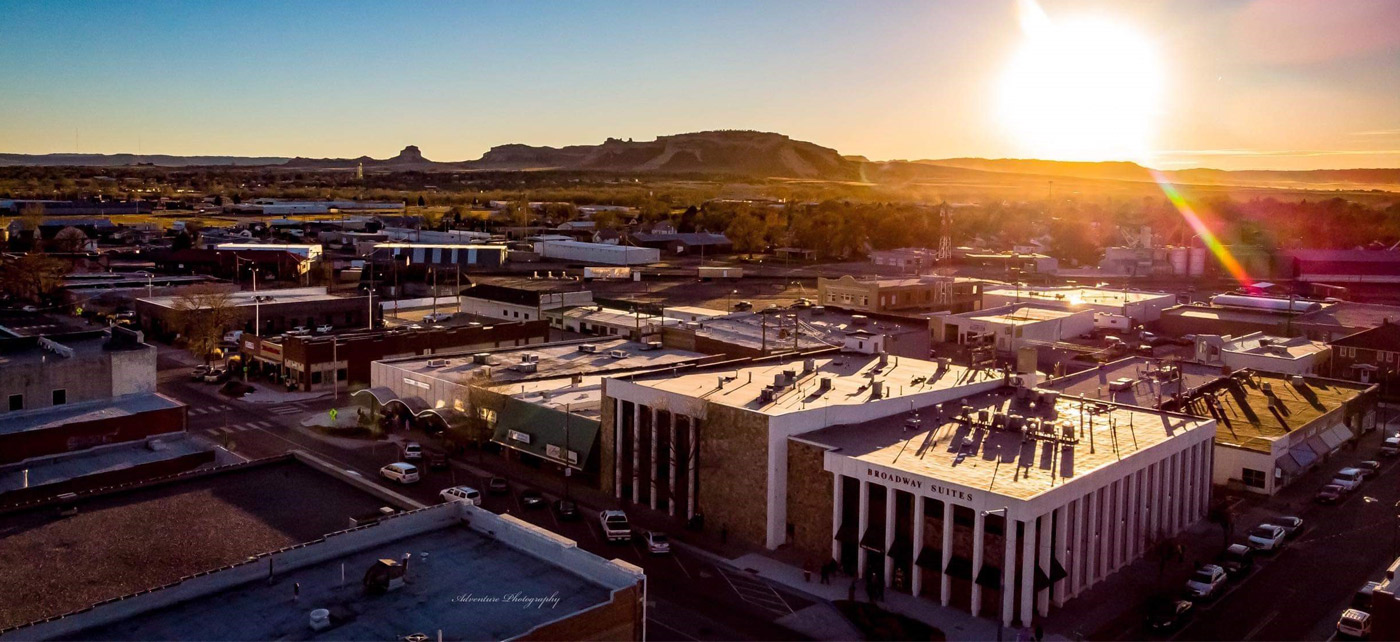Population Demographics
As of 2025 the population of Western Nebraska Panhandle is 43,244. The population is expected to shrink to 42,357 by 2030 - a growth rate of -0.41%.
The median age of Western Nebraska Panhandle residents is 42.
The diversity index of Western Nebraska Panhandle is 58.6, meaning that there is a 59% chance that any two people selected out of 100 residents will be of different race or ethnicity from one another.













